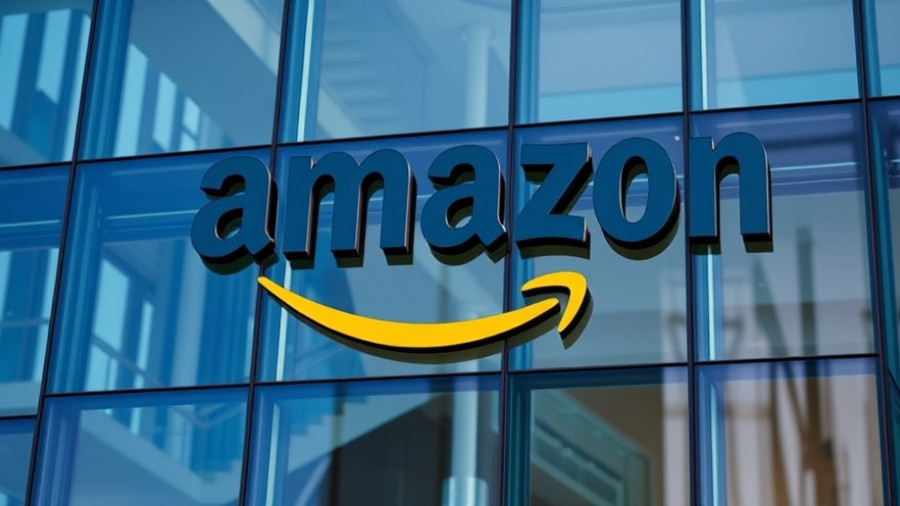
CoreWeave's Expansion: A Game Changer in AI Infrastructure
As companies like Microsoft and Google continue to pour resources into AI development, infrastructure providers such as CoreWeave are seizing this opportunity. Recently, CoreWeave announced plans to double its AI capacity to an impressive 900 megawatts (MW) by 2025. This significant expansion signals strong demand and a strategic alignment with the giants of tech. With a clear focus on powering AI applications, the company is poised to become a critical player in the ongoing AI mega-trend.
Understanding the Market Dynamics
In a world where demand for AI capabilities is skyrocketing, organizations are scrambling to secure robust infrastructure. CoreWeave’s announcement follows a successful second quarter where it not only met expectations but exceeded them—showing a rising trend of both demand and a strong pipeline. This reflects a broader industry need; as AI applications become more mainstream, the infrastructure must scale accordingly. It's an exciting time for AI lovers who are witnessing the unfolding of revolutionary technological advancements.
Why Microsoft and Google Matter
Microsoft and Google’s investments in CoreWeave are key indicators of their strategy toward AI dominance. Microsoft, actively integrating AI through its products, is firmly betting on the success of various AI tools, including its popular Copilot feature. Similarly, Google is rolling out ambitious AI initiatives, showcasing its vision of future technology. By aligning with CoreWeave, these tech titans are not only ensuring that they have the necessary infrastructure but are also validating CoreWeave’s potential. For AI enthusiasts, this partnership highlights the intricate networking that drives innovation in the technology space.
The Future of AI Infrastructure
If CoreWeave successfully meets its goal to ramp up to 900 MW by 2025, it opens a floodgate for more enterprises to harness AI technology. It becomes a question of who will benefit the most from this Infrastructure—both established players and startups alike. Enthusiasts who observe the technology landscape can anticipate a ripple effect where more companies invest in AI solutions, leading to advancements that were previously unimaginable.
What This Means for Investors
For those looking to invest, analyzing CoreWeave's growth trajectory and its strategic partnerships is vital. The attractive figures coming from its second-quarter results are not isolated incidents but reflections of a broader trend. Investors in AI technology should take note of not only CoreWeave's performance but also how it connects with the larger market forces at play. Stocks related to AI often move based on these dynamics, making it crucial to remain informed on the latest trends in the sector.
Conclusion: The Journey Ahead for AI
As we edge closer to 2025, CoreWeave stands at an inflection point, not just for themselves but for the entire AI industry landscape. Their bold steps signal a clear intention to lead in AI infrastructure, and with backing from stalwarts like Microsoft and Google, they are positioned for growth. AI enthusiasts should stay tuned as these developments unfold, as they are key indicators of where the technology is headed. Be sure to follow along with all AI news as the landscape begins to shift and evolve!
 Add Row
Add Row  Add
Add 




Write A Comment